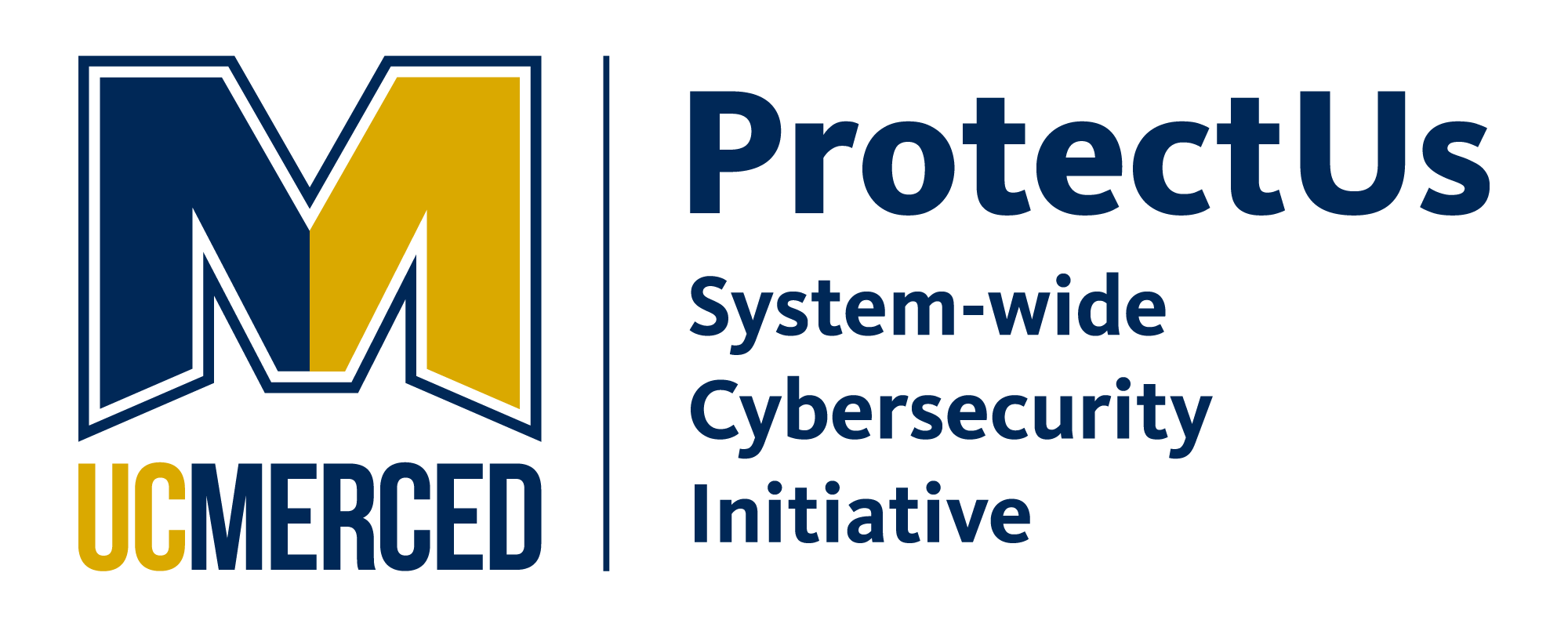By Letter
[A] [B] [C] [D] [E] [F] [G] [H] [I] [J] [K] [L] [M] [N] [O] [P] [Q] [R] [S] [T] [U] [V] [W] [X] [Y] [Z]
Notice: These definitions are for the business purposes of the University of California, Merced Office of Information Technology. They are meant to give context and understanding to readers whenever they encounter these words in our documentation, outreach, and general efforts.
Authentication - The process of verifying a users identity for access to a service, application, etc.
Authentication Factor - A piece of information or item used to verify a users identity when trying to gain access to a service, application, etc.
Authentication Method - A way in which a user authenticates to gain access to a service, application, etc.
Basebuild - A set of foundational configurations set on a computer system before any additional custom changes are performed.
Chief Information Officer (CIO) - The highest level position within an information technology (IT) organization. In charge of managing and implementing technology systems and solutions.
Chief Information Security Officer (CISO) - A leadership position within an information technology (IT) organization who manages the security of technology systems and solutions.
Cybersecurity Incident - An event or issue that jeopardizes the security and safety of an individual or organizations information hosted or shared digitally.
Deputy Chief Information Officer (DCIO) - The second highest level position within an information technology (IT) organization. In charge of supporting the management and implementation of technology systems and solutions.
Endpoint - A physical device that can connect to and exchange information with a computer network. EX. A laptop computer, a mobile device, etc.
Endpoint Detection - A cybersecurity practice that involves monitoring and securing device connected to a network.
Endpoint Response - A cybersecurity service that can involve resources like data backups for the purpose of securing a system when a cybersecurity incident occurs.
Password-Based Authentication - A method of authentication based on knowing a set of credentials, typically a username and password or pin.
Punchout (Catalog) - Also known as “BobcatBuy+“, this is a feature in the campus purchasing system (Oracle) that allows buyers to quickly access a curated catalog of products to streamline the procurement process.
Single Sign-on - A method of authentication based on a single set of credentials connected to multiple services, applications, etc.
Two Factor Authentication - A method of authentication that requires an additional factor beyond a standard set of credentials. Typically a multi digit code on another device.
University of California Office of The President (UCOP) - The UC systemwide office in charge of overseeing the entire system including managing the system's finances and business operations as well as supporting the mission and values set by the UC Regents.
University-owned Devices - Devices that are purchased using university-managed funding, regardless of the type of funds used or if they were obtained by gift or transfer from another entity. Device types include, but are not limited to, laptops, computers, monitors, tablets, servers, printers, research equipment, and smartphones. If you are unsure about the ownership status of your device, please contact OIT to determine if it is university-owned.
For the ProtectUs Initiative, Endpoint Detection and Response (EDR) software must be installed on all eligible university-owned devices. The scope currently includes university-owned laptops, desktops, and servers. Smartphones, tablets, and other such devices are not required to have EDR at this time.
Vulnerability Management Program (VMP) - Vulnerability Management Progams are software that scan devices and networks and will alert the device or network owner or proper authority of any vulnerabilities that may exist. This may include out of date software that has a known issue, devices that have malware installed to harm a network, or an operating system that is out of date among many other vulnerabilities.




